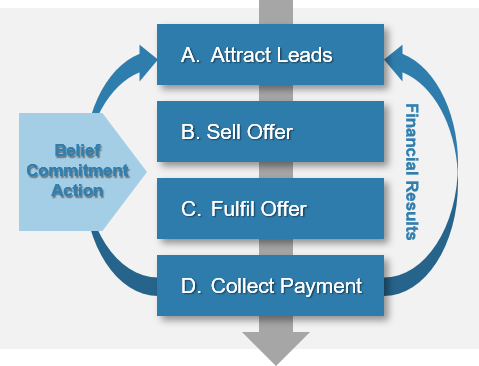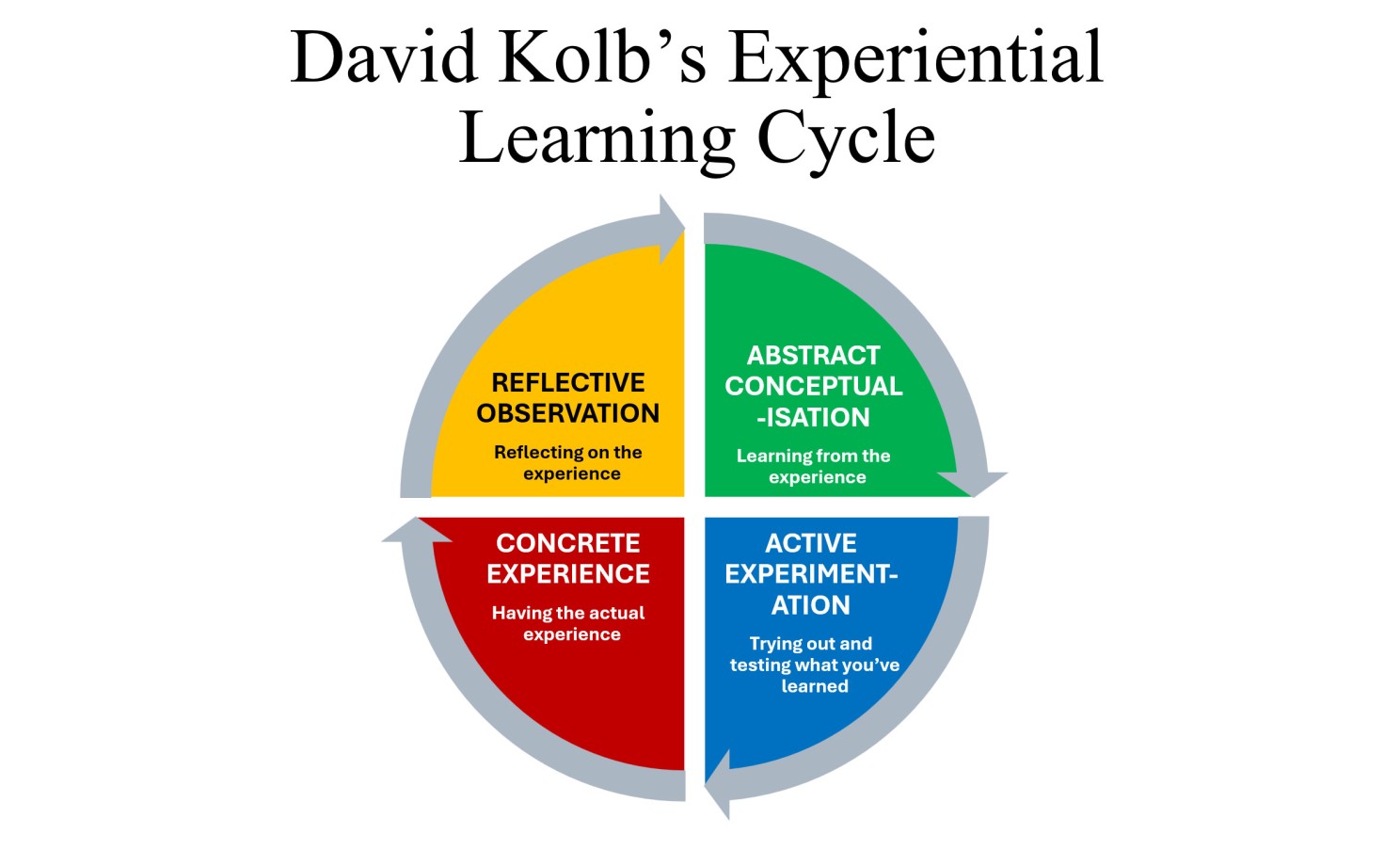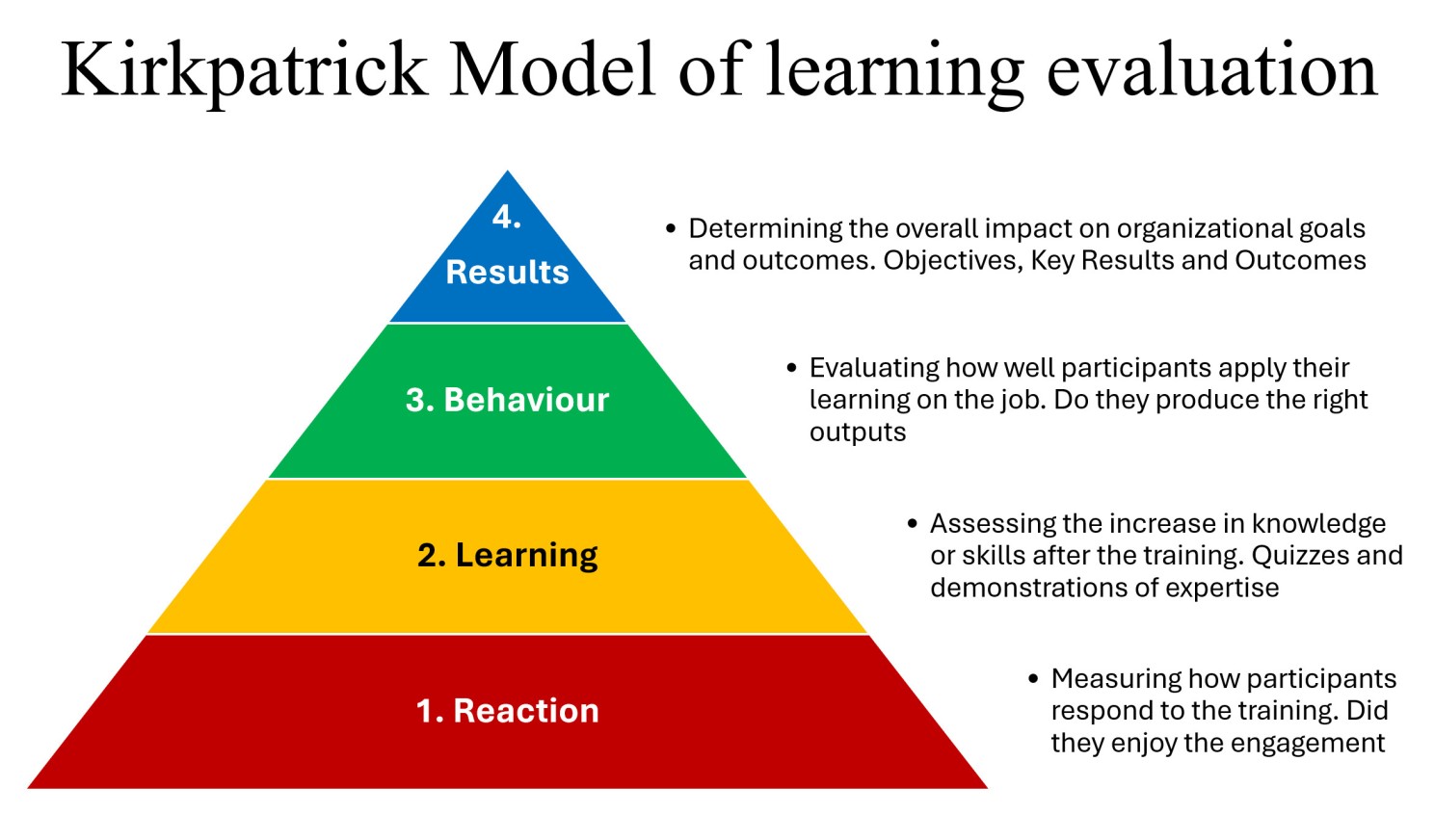
How Fractal Learning gets Business Results Fast
In this article, I’ll share a straightforward approach to business training that drives financial results as you learn. This method, which I call Fractal Learning, can be applied to developing nearly any skill. Let me start by providing a bit of context.
Recently, I revisited an old Six Sigma problem-solving course, which consisted of a whopping 250 PowerPoint slides. The course was structured around the Six Sigma DMAIC terms: Define, Measure, Analyse, Improve, and Control.

While there’s nothing inherently wrong with this approach, I realized you don’t know if you’ve truly learned the material until you’ve completed the entire DMAIC cycle. The problem was that the course took you through a vast number of techniques for each phase before you ever closed the loop and solved a problem. It was only after 250 slides, covering hundreds of techniques, that you finally got feedback on whether you learned anything useful.
This got me thinking—why can’t trainers teach the bare minimum to close the loop and then provide feedback on the first problem solved? It would be more efficient to learn the most common technique for defining, measuring, analysing, improving, and controlling a problem. This way, you get immediate feedback, and if the solution isn’t perfect, the trainer can introduce more advanced techniques within the problem-solving cycle to refine the solution.

Fractal Learning Defined
I coined the term Fractal Learning to describe a learning process where you learn just enough to complete a feedback loop, allowing you to assess the quality of your solution and identify gaps in your learning. This approach is particularly effective for business training, where financial results provide a natural feedback loop.
Imagine a training approach where you apply an improvement technique to a business process and see profits increase before learning anything else. It’s a lean method, and I thought it was original until I stumbled upon a TED talk by Josh Kaufman.
The video, "The First 20 Hours — How to Learn Anything," is fantastic and underscores the effectiveness of this approach. Here are the key steps in Fractal Learning:
Deconstruct the skill you want to learn.
Learn enough to enter a self-correction loop.
Remove barriers to practice.
Introduce more advanced techniques with each cycle, based on feedback.

Business Learning Self-Correction Loop
With practice, you’ll quickly move from unconscious incompetence to competence. The business course-correction process might look like this:
Attract Leads – Start by learning a single technique to attract leads, such as advertising or attending a trade show.
Sell Offer – Practice one sales technique to convert interest into a sale. On subsequent cycles, you can try upselling to enhance the offer.
Fulfil Offer – If you don’t have a product, offer a service or ship another company's product. The goal is to deliver something.
Collect Payment – Use the simplest payment collection method, like PayPal.
By iterating through this loop, you continually make money and learn new techniques. Some methods won’t work, and that’s okay. The key is to have a test and measurement system in place to gather feedback and determine what’s effective. The more money you make the more you’ve learnt.

David Kolb’s Experiential Learning Theory emphasizes learning through experience and reflection. Kolb’s cycle involves concrete experience, reflective observation, abstract conceptualization, and active experimentation. Fractal Learning mirrors this cycle by encouraging learners to immediately apply new techniques, reflect on the outcomes, conceptualize improvements, and experiment with advanced methods.

Additionally, the Kirkpatrick Model of learning evaluation aligns seamlessly with Fractal Learning. The Kirkpatrick Model consists of four levels: Reaction, Learning, Behaviour, and Results. Fractal Learning’s iterative approach ensures that learners react positively to immediate applications (Level 1), gain practical skills (Level 2), change behaviours through practice (Level 3), and achieve measurable business results (Level 4).
If you’re interested in transforming your business through this method, Fractal Learning focuses on practical application and rapid results. Start small, learn just enough to make improvements, and build your skills and business success incrementally.
And finally, for a bit of fun check out the Axis of Awesome show to see just how many songs you can play with those same 4 chords.
If you enjoyed this article, please react and leave comments below.
